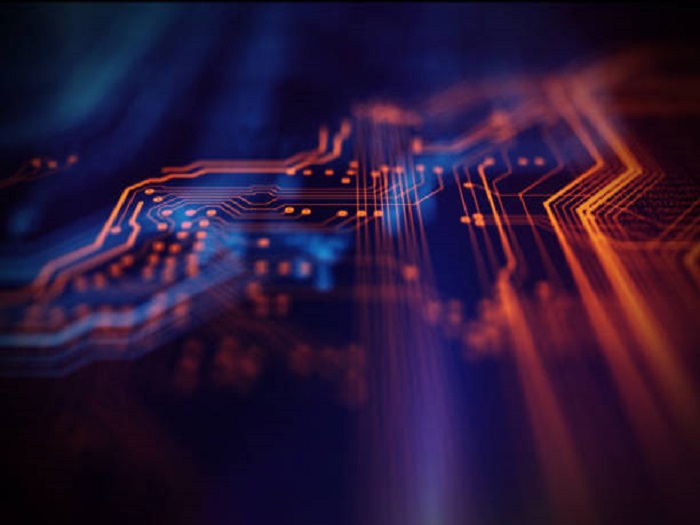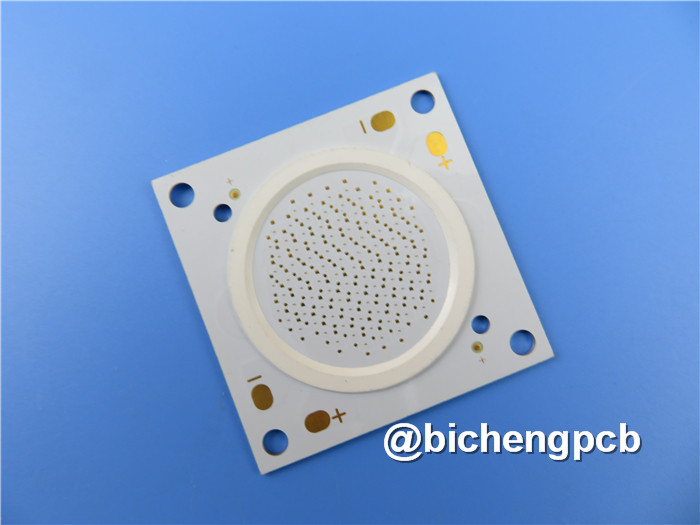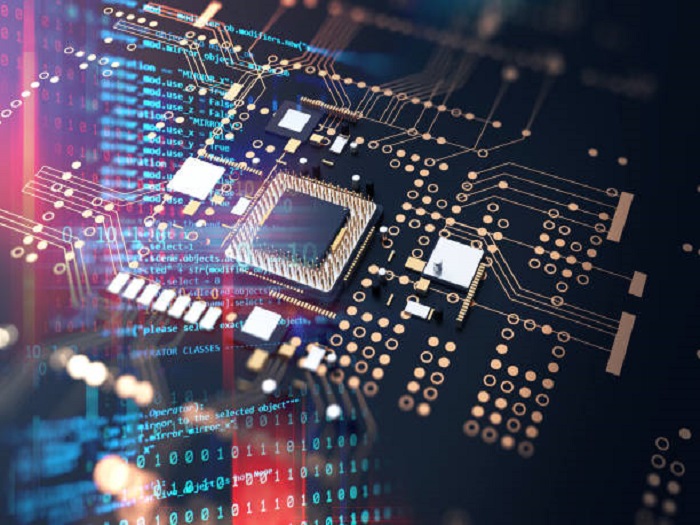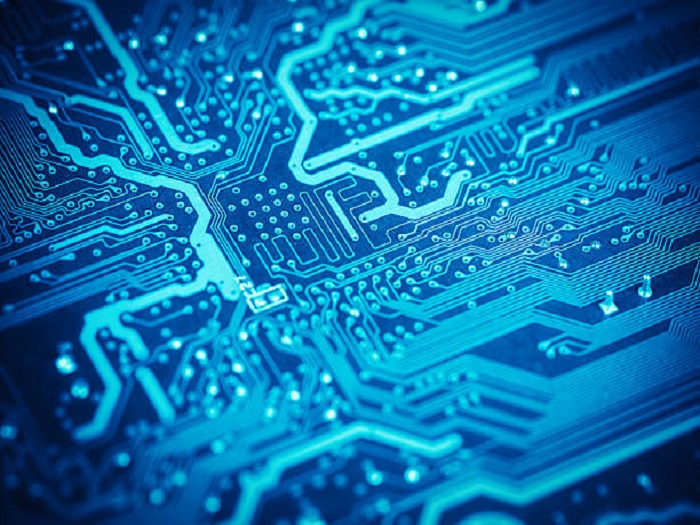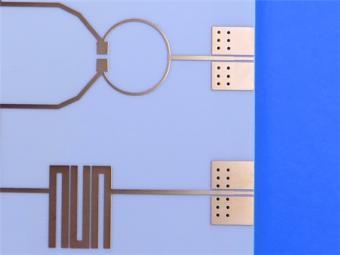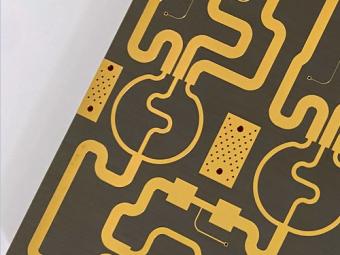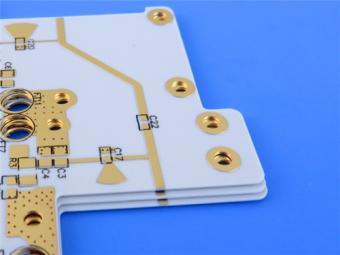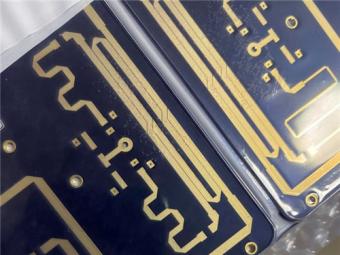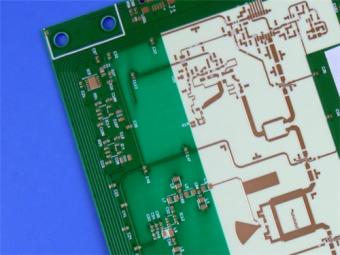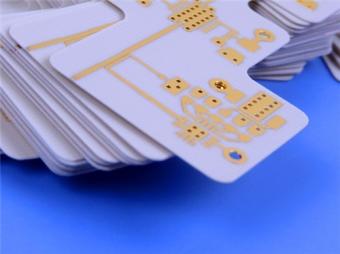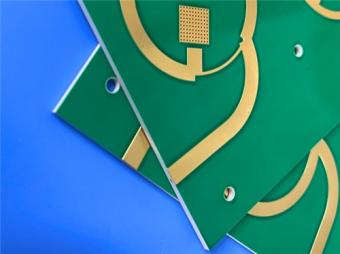Why Do High Frequency PCB Boards Require Low Dielectric Constant?
Why Do High Frequency PCB Boards Require Low Dielectric Constant? Why require high frequency PCB board low ε(Dk)? ε or Dk, called dielectric constant, is the ratio of the capacitance between the electrodes of a PCB filled with a certain substance and the capacitance of a vacuum capacitor of the same structure, usually indicates the size of a material to store electric energy. When the ε is large, the storage capacity is large, and the transmission speed of electrical signals in the circuit will become low. The current direction through the electrical signal on the PCB board is usually positive and negative alternating change, equivalent to the substrate for continuous charging, discharging process, in exchange, capacitance will affect the transmission speed, and this effect, in the high-speed transmission of the device is more important. Low ε means that the storage capacity is small, charging and discharging process is fast, so that the transmission speed is also fast. Therefore, in the transmission of high frequency PCB board, low dielectric constant is required. Another concept is dielectric loss. Dielectric materials under the action of alternating electric field, due to heat and energy consumption is called dielectric loss, usually expressed by dielectric loss factor Tan δ. ε and tanδ is proportional, high-frequency circuit also requires low ε, medium loss Tan δ is small, so the energy loss is small. Dielectric constant of high frequency PCB board Epsilon of Teflon printed board In the circuit board substrate, polytetrafluoron substrate dielectric constant ε is the lowest, typical only 2.6~2.7, and the general glass cloth epoxy resin substrate DIELECTRIC constant of FR4 is 4.6~5.0, therefore, Teflon circuit board signal transmission speed is much faster than FR4 (about 40%). Teflon boards have an intermediate loss factor of 0.002, 10 times lower than FR4's 0.02, and much lower energy loss. Plus polytetrafluoron known as "plastic king", excellent electrical insulation performance, chemical stability and thermal stability (so far there is not a solvent can dissolve it below 300℃), so high frequency high-speed signal transmission will first use Teflon or other low dielectric constant of the base material. Polyflon, Rogers, Taconic, Arlon, Meclad all provide substrates with dielectric constants of 2.10, 2.15, 2.17, 2.20, with a dielectric loss factor of 0.0005~0.0009 at 10GHZ. PTFE substrate performance is very good, but its processing into circuit board process with the traditional FR4 has a completely different process. These years, in addition to the requirements of ε 2.15, 2.6, but also often used ε3.38, 3.0, 3.2, 3.8 Rogers RO4000, GIL1000 series, etc. Basic requirements for HF PCB boards 1. Due to high frequency signal transmission, the characteristic impedance of the finished printed board wire is strictly required, and the wire width of the board is usually ±0.02mm(the strictest is ±0.015mm). Therefore, the etching process should be stri...

 Call Us Now !
Tel : +86 755 27374946
Call Us Now !
Tel : +86 755 27374946
 Order Online Now !
Email : info@bichengpcb.com
Order Online Now !
Email : info@bichengpcb.com


